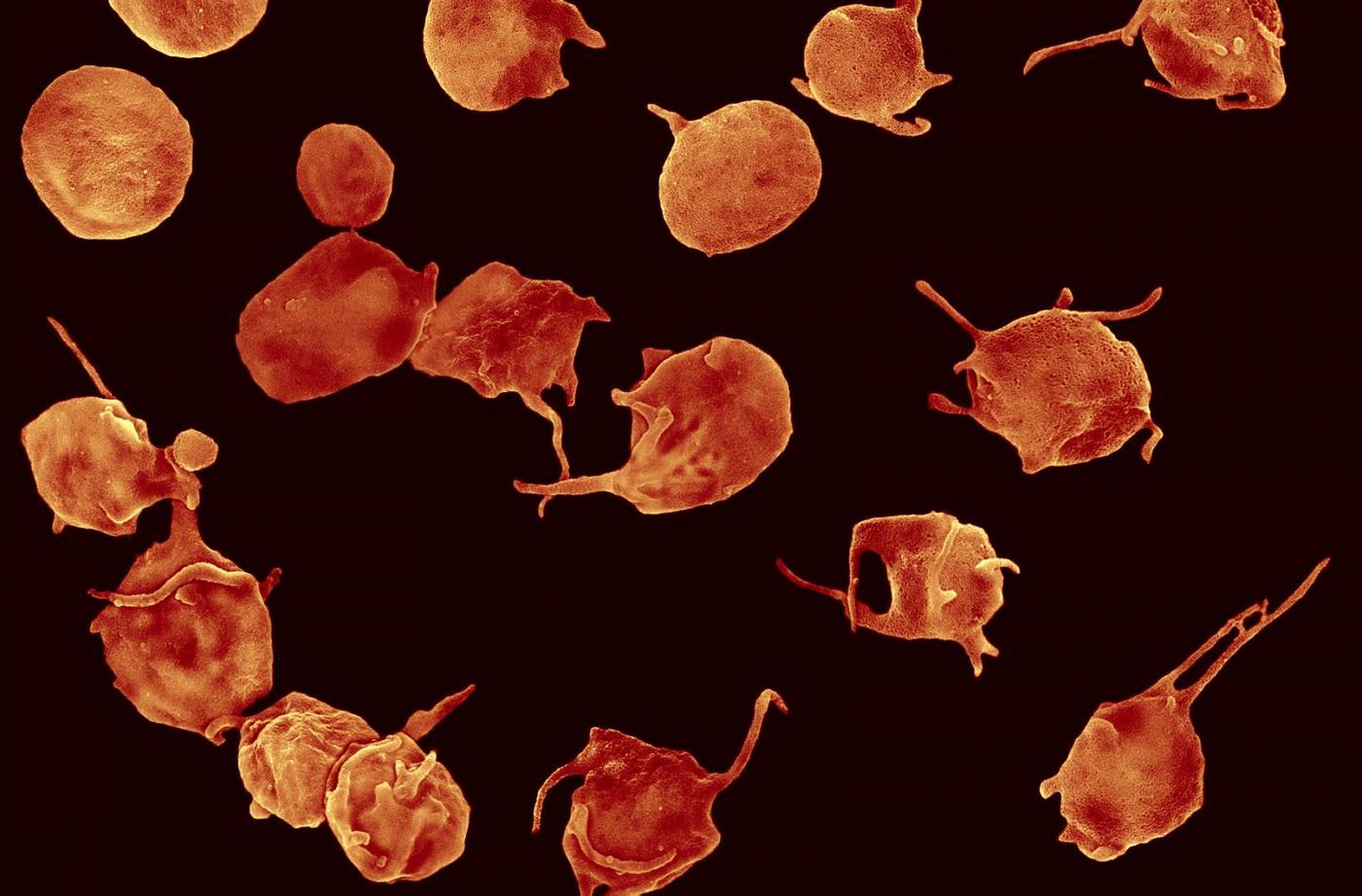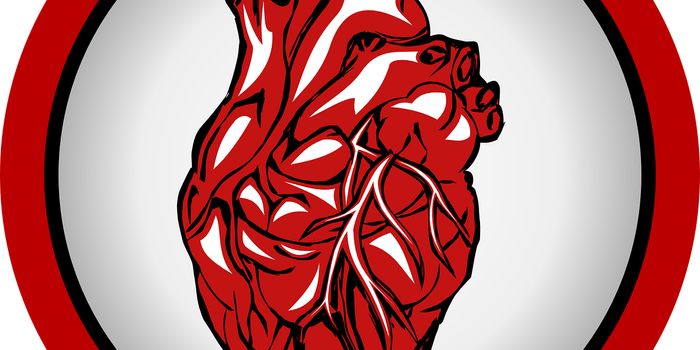Blood clots are normally seen as something to be avoided, something with dangerous consequences such as heart attack, stroke, or aneurysms. While blood clots are associated with certain diseases, clotting is also a necessary, life-supporting mechanism in the body that “plugs up holes” to prevent excessive bleeding, from a small cut to a large wound as a result of severe trauma.
From the Perelman School of Medicine, University of Pennsylvania researchers are looking at the physical mechanisms of how a blood clot contacts, or makes the blood clot smaller. Using confocal light microscopy, scientists are visualizing blood clots all the way to the level of individual platelets.
"Under normal circumstances, blood clot contraction plays an important role in preventing bleeding by making a better seal, since the cells become tightly packed as the spaces between them are eliminated," explained study leader John W. Weisel, PhD. "In this study, we unwrapped and quantified clot contraction in single platelets."
When a blood clot is obstructive instead of constructive, blood flow is blocked and various diseases ensue. But with the findings from the new study, where scientists saw specialized platelet proteins causing clots to shrink in size, treatment options for diseases like ischemic stroke, deep vein thrombosis, and heart attacks could soon expand greatly.
Confocal light microscopy allowed scientists to observe in close detail the intertwining networks of fibrin fibers and blood platelets, revealing the small structural details of how platelets contract blood clots, making them smaller when necessary. Researchers saw a series of activity initiated by platelet extensions called filopodia, which attached to and pulled on fibrin fibers to move. This process is similar to those in muscle movements.
“Activated platelets bend and shorten individual fibrin fibers with their filopodia, which undergo sequential extension and retraction, as if pulling hand-over-hand on a rope," Weisel explained.
All in all, the present study provides scientists a better understanding of clot contraction, which means they can develop a better understanding of the mechanical differences between a “good” clot and a “bad” clot, I.E. those that prevent excessive bleeding versus those that lead to thrombosis-based disease.
Depending on whether a certain case needs more or less clot contraction, the new findings could contribute to new treatments for both ends of the blood clot spectrum.
The present study is published in the journal Nature of Communications.
-
APR 30, 2024Immuno-Oncology Virtual Event Series 2024
-
MAY 07, 20243rd International Biosecurity Virtual Symposium
-
SEP 03, 2024Microbiology Week Virtual Event Series 2024
- See More


















































